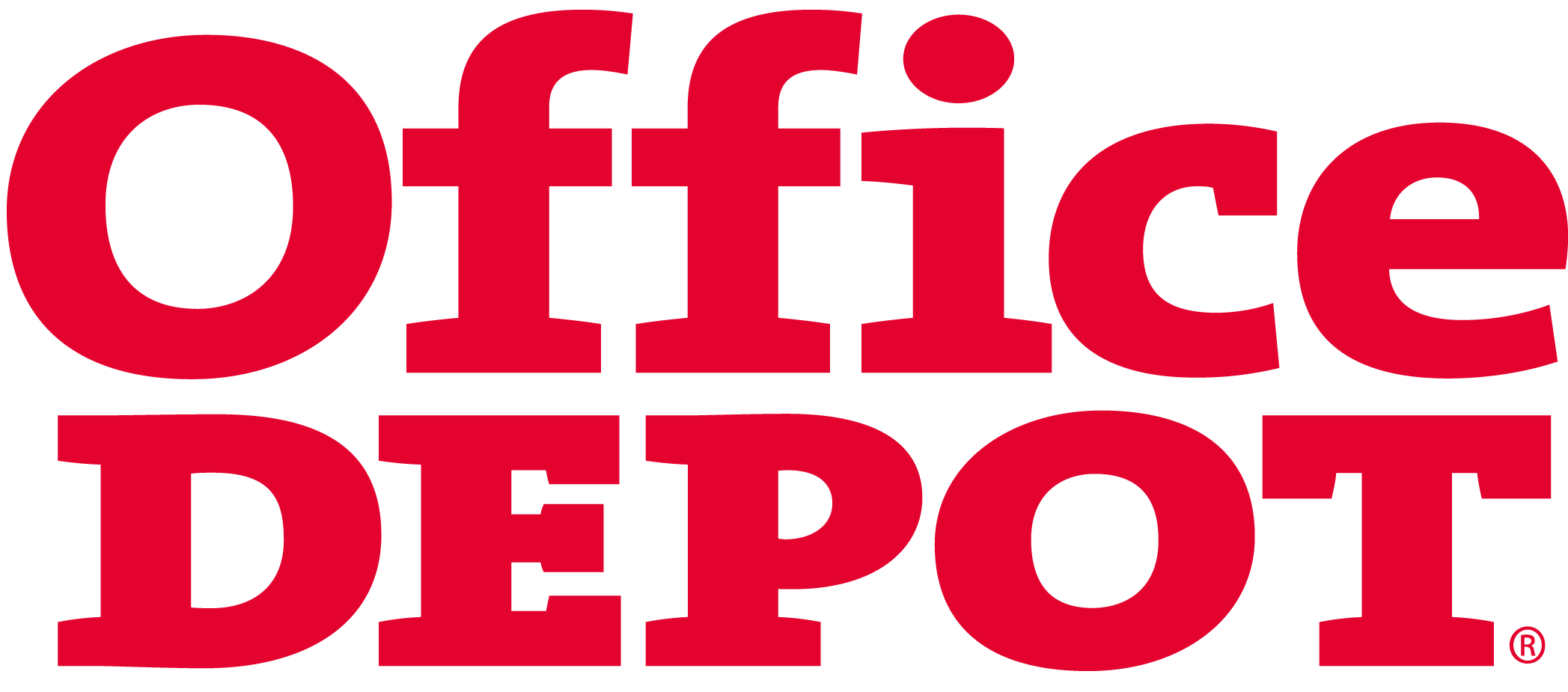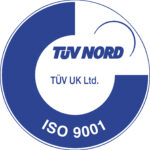That’s why savvy financial directors are moving more towards assessing Total Cost of Ownership (TCO), to help plug spend leakage and take a long-term strategic view when it comes to investment in assets and supplies.
So, what is Total Cost of Ownership?
Typically used in the automotive and tech industries, but increasingly becoming utilised in all sectors – including workplace supplies and services – TCO defines the purchase price of an asset plus the long-term costs associated with its upkeep and operation.
Let’s face it – the real cost of procuring an asset includes not just the initial price tag, but also the expenses associated with maintenance, upgrades, operation, refills, staff time spent managing and training, and longevity and quality.
That’s why savvy finance professionals are moving to evaluate the whole life cost of a product or service.
Why is it important?
For any business, it is extremely important to understand the full landscape surrounding any purchase, and to measure up suppliers accordingly. Will an investment alleviate an issue, or bring a return to the organisation?
Factoring in TCO means taking a more holistic approach to business dealings. And, instead of only inspecting itemised invoices line by line, those in finance should also take a trending view over an extended period to analyse indirect expenses and ensure that they get the absolute best value for money.
How does it work?
Take, for an example, the need to onboard a new starter at home. The employee initially needs an entire kit fit out – furniture, devices and technology, supplies etc. But then also consider the cost of delivery, the cost of returns if the item is not fit for purpose, ongoing support for technology and software used – plus time the time it takes to resource all of these products. Already the TCO is spiralling, and an initial outlay soon becomes a much higher cost which is far harder to budget for. In today’s era of squeezed financial resource, this lack of transparency will only add to an FD’s woes.
And, if the home working employee is left to purchase these items themselves – new starter or not – we know that the TCO is to be much higher, as they purchase items from unapproved suppliers and claim back on expenses, costing the business on average £27.40 to process each time! Not to mention the time spent liaising with customer service if an item is not fit for purpose, a lapse in productivity if it doesn’t work correctly, or at worst, someone’s role completely grinding to a halt because they don’t have all the items they need to fulfil their responsibilities.
This is why it is incredibly important to take a long-term, strategic view of purchasing workplace supplies and equipment – from a trusted partner.





